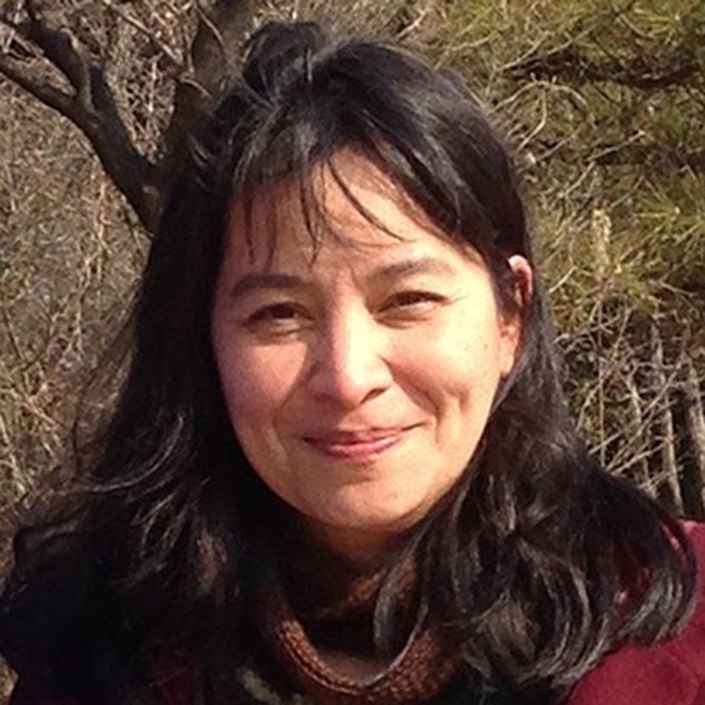Rewilding the Fertile Crescent - the Concept and Practice
with Pupak Haghighi
This webinar took place on November 14th, 2017
Rewilding is a 21st century word. As attractive as it may sound, implied in the word is the loss of wilderness, a separation of man from nature, a devastation in the landscape. This is the scenery we are facing now in the Fertile Crescent. The devastation in the landscape started a long time ago, way before the political upheavals that constantly colour the news. Any hope for peace and security in the Fertile Crescent must be grounded in the regeneration and healing of the landscape. This is what Trees for Hope aims to catalyse with local partners. Our model of operation is to create opportunities to deliver the education necessary for cultural and ecological regeneration, then follow through with practical ecological recovery operations. We will be testing this model in Northern Iran starting December 2017.
In this webinar you can…
- Explore the principle of ‘rewilding’
- Cultivate a new imagination for the region known as the Middle East, and why we chose to address this place as the Fertile Crescent
- Contemplate how rewilding is both an inner and outer process.
Recording
Pupak Haghighi
Pupak is a Hyrcanian native. Her Japanese and Persian lineage have given her the gifts to bridge intercultural communication and understanding. Her childhood was filled with her grandmother’s tales of the Caspian Tigers. The last of the Asiatic lions populated the wilderness in her country until 1963, five years before her birth. The extinction of these remarkable keystone species is a clear call to Pupak that we need to collaborate with nature to exercise our creative powers as earth healers.
Pupak has volunteered with International Cetacean Education Research Centre in Australia and Trees for Life in Scotland. As founder of Trees for Hope, she is working to weave an Earth Healing Network in the Fertile Crescent, Anatolia and Western Asia.


